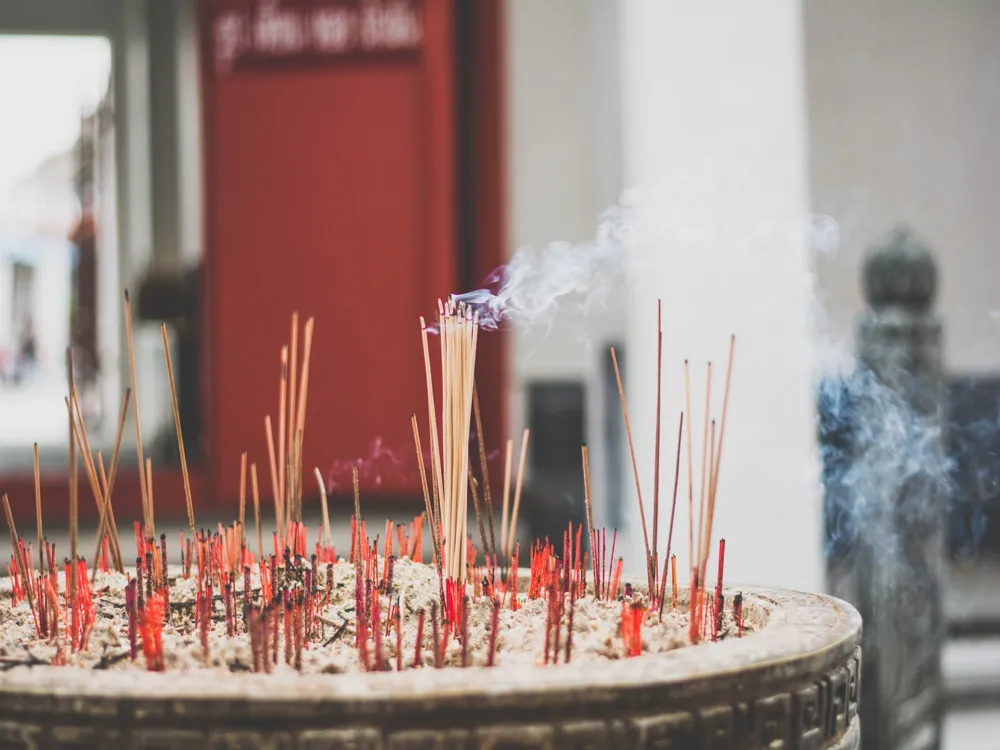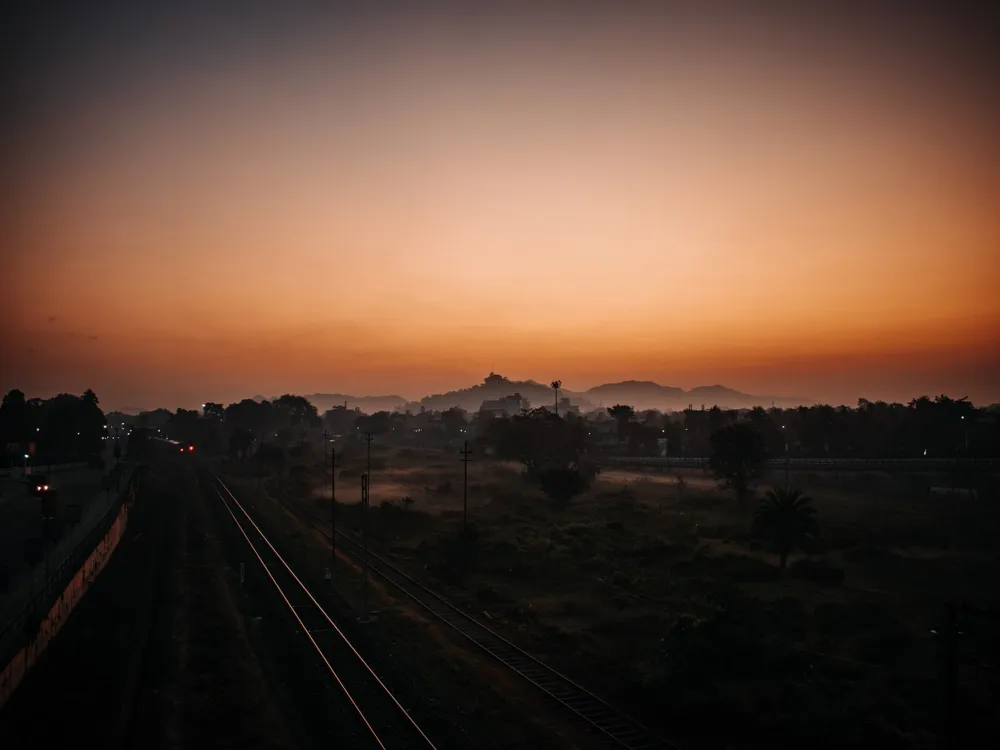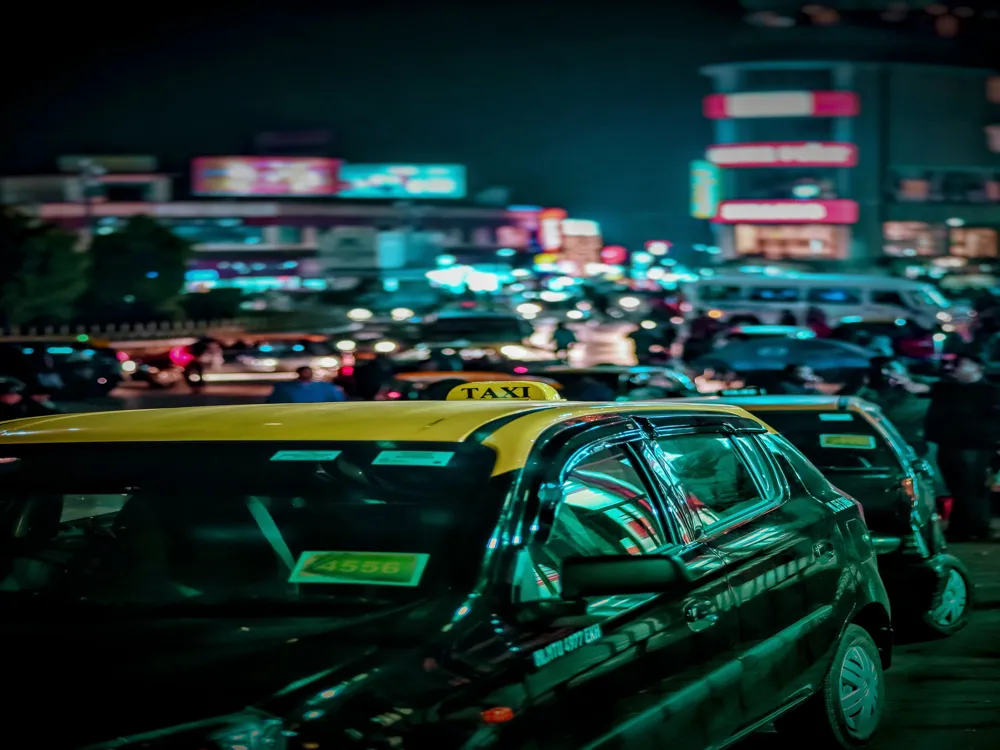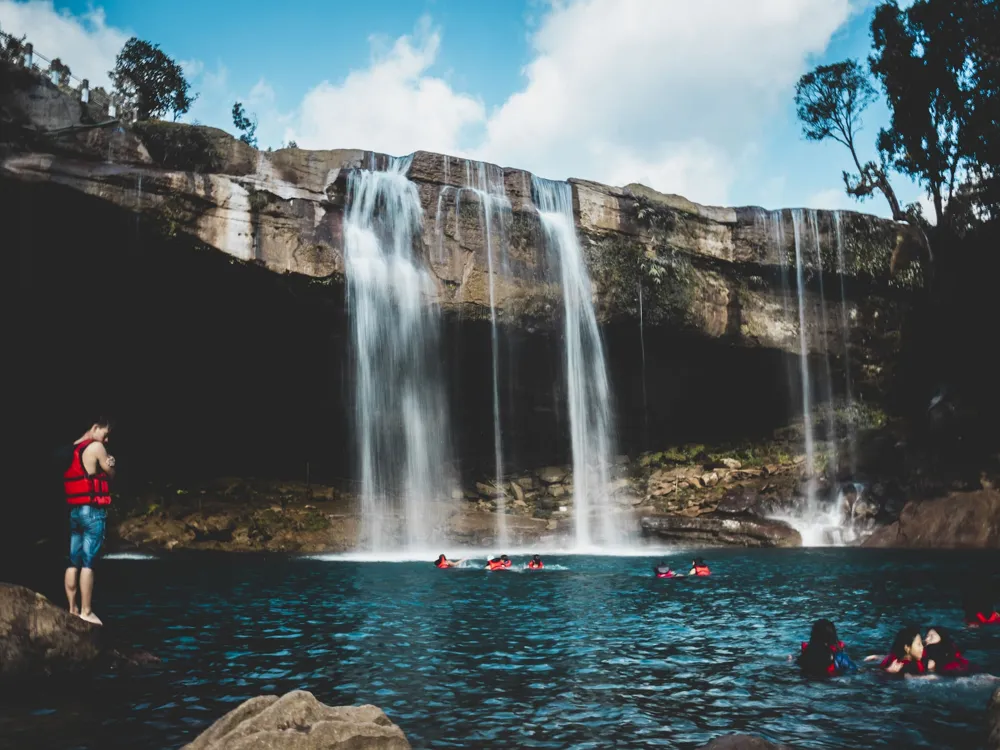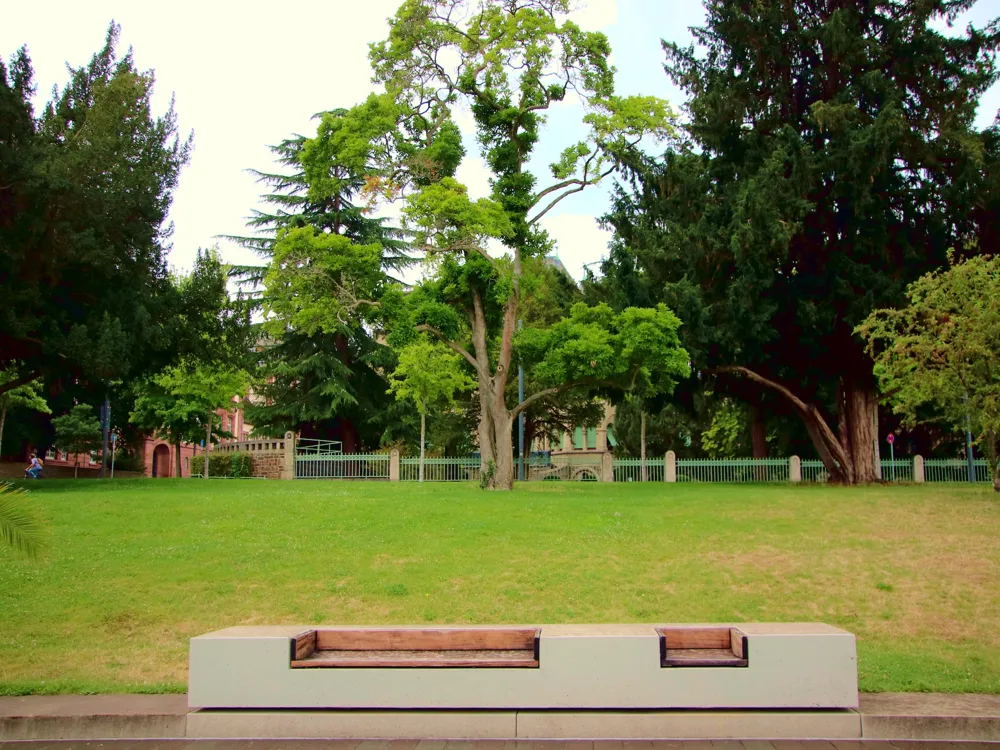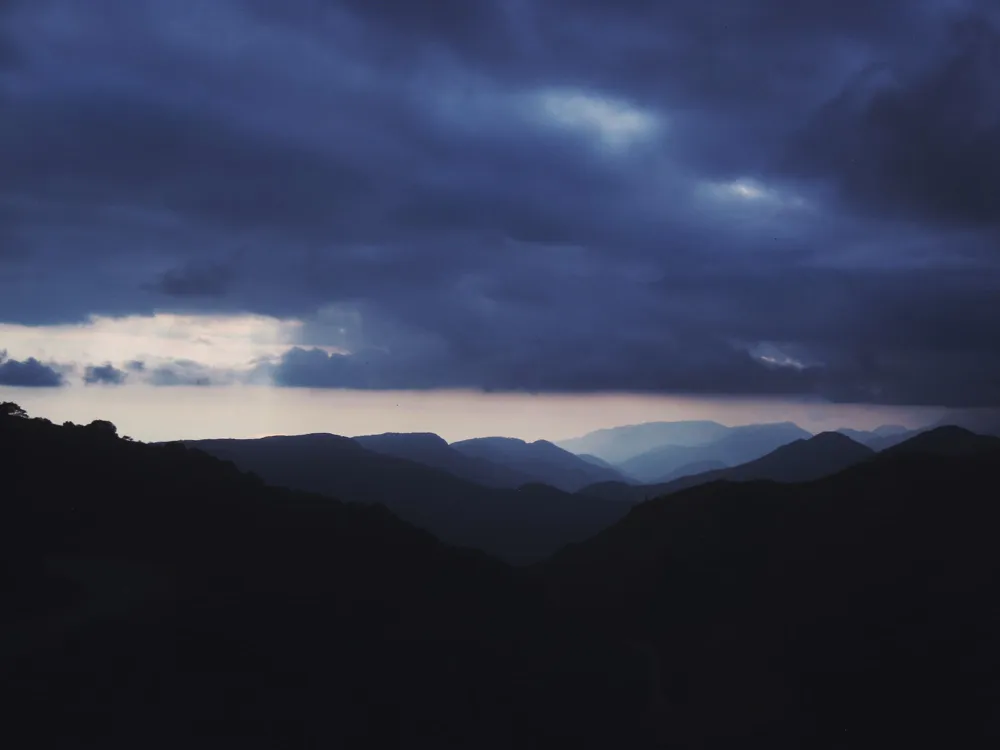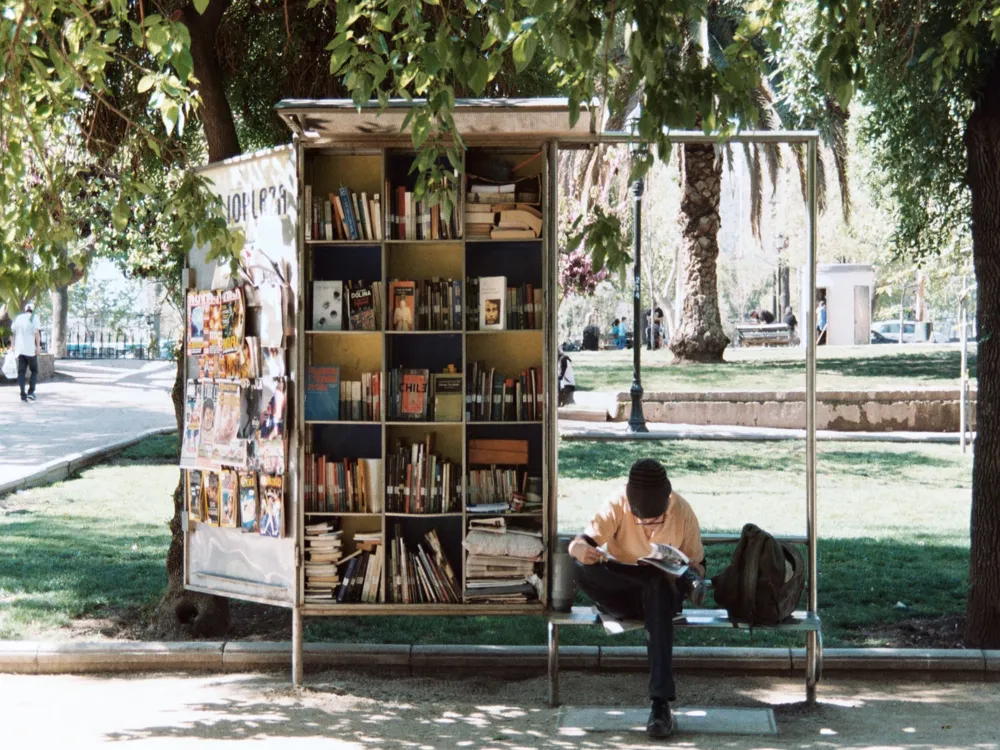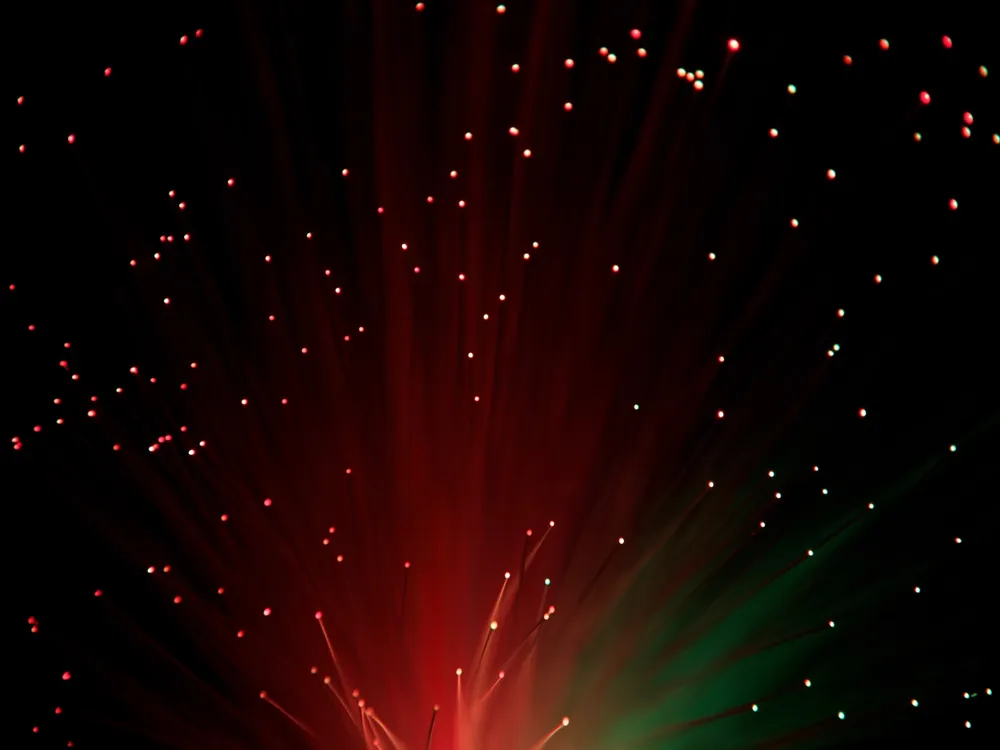Kokrajhar, a picturesque town in the Goalpara district of Assam, is a land imbued with cultural diversity and historical significance. Nestled along the banks of the mighty Brahmaputra River, Kokrajhar serves as a gateway to the northeastern region of India. This town, with its lush green landscapes and vibrant cultural fabric, represents a unique blend of ethnic communities, including Bodo, Assamese, Bengali, and more. The town's history dates back centuries and is rich with tales of dynasties, folklore, and an evolving culture that has shaped its identity today. Kokrajhar's significance is not only cultural but also political and strategic, having been at the forefront of various historical movements. The region’s rich biodiversity, sprawling tea gardens, and dense forests contribute to its scenic beauty, making it a place of considerable ecological importance. The town's economy is primarily agrarian, with a focus on agriculture, handloom, and craftsmanship. As a melting pot of different cultures, Kokrajhar celebrates numerous festivals with great pomp, showcasing the harmonious coexistence of its diverse communities. The architecture in Kokrajhar is a testament to its rich history and cultural diversity. Traditional Bodo houses, known as 'Nangol', are a common sight, characterized by their bamboo construction and stilted design. This architectural style is not only unique but also serves practical purposes, protecting inhabitants from floods and wildlife. The town is also dotted with ancient temples and monuments, reflecting the influence of various dynasties that ruled the region. These structures exhibit a blend of indigenous design and influences from neighboring regions, displaying intricate carvings and motifs that narrate the town’s storied past. In recent years, Kokrajhar has seen a fusion of traditional and modern architecture. Newer buildings, while equipped with modern amenities, often incorporate elements of traditional design, paying homage to the region's heritage. This blend is visible in public buildings, educational institutions, and infrastructure, reflecting a town that respects its past while steadily progressing towards the future. The ideal time to visit Kokrajhar is from November to February, when the weather is pleasant, and the town's natural beauty is at its peak. Respect local customs and traditions. Dress modestly, especially when visiting religious sites, and always ask permission before taking photographs of locals. Choose from a range of accommodations, from budget-friendly guesthouses to more luxurious hotels, all offering warm Assamese hospitality. Kokrajhar is well-connected by road, rail, and air. The nearest airport is Lokpriya Gopinath Bordoloi International Airport in Guwahati, from where one can take a taxi or a bus to Kokrajhar. The town also has its own railway station, Kokrajhar Railway Station, linking it to major cities in India. Additionally, a network of national and state highways makes road travel convenient for visitors coming from various parts of the country. Read More:Overview of Kokrajhar, Goalpara, Assam
Architecture of Kokrajhar
Tips When Visiting Kokrajhar
Best Time to Visit
Local Etiquette
Accommodation
How to Reach Kokrajhar
Kokrajhar
Goalpara
Assam
NaN onwards
View goalpara Packages
Weather :
Tags : Town
Time Required : 1-2 days
Planning a Trip? Ask Your Question
Goalpara Travel Packages
View All Packages For Goalpara
Top Hotel Collections for Goalpara

Private Pool

Luxury Hotels

5-Star Hotels

Pet Friendly
Top Hotels Near Goalpara
Other Top Ranking Places In Goalpara
View All Places To Visit In goalpara
View goalpara Packages
Weather :
Tags : Town
Time Required : 1-2 days
Planning a Trip? Ask Your Question
Goalpara Travel Packages
View All Packages For Goalpara
Top Hotel Collections for Goalpara

Private Pool

Luxury Hotels

5-Star Hotels

Pet Friendly








